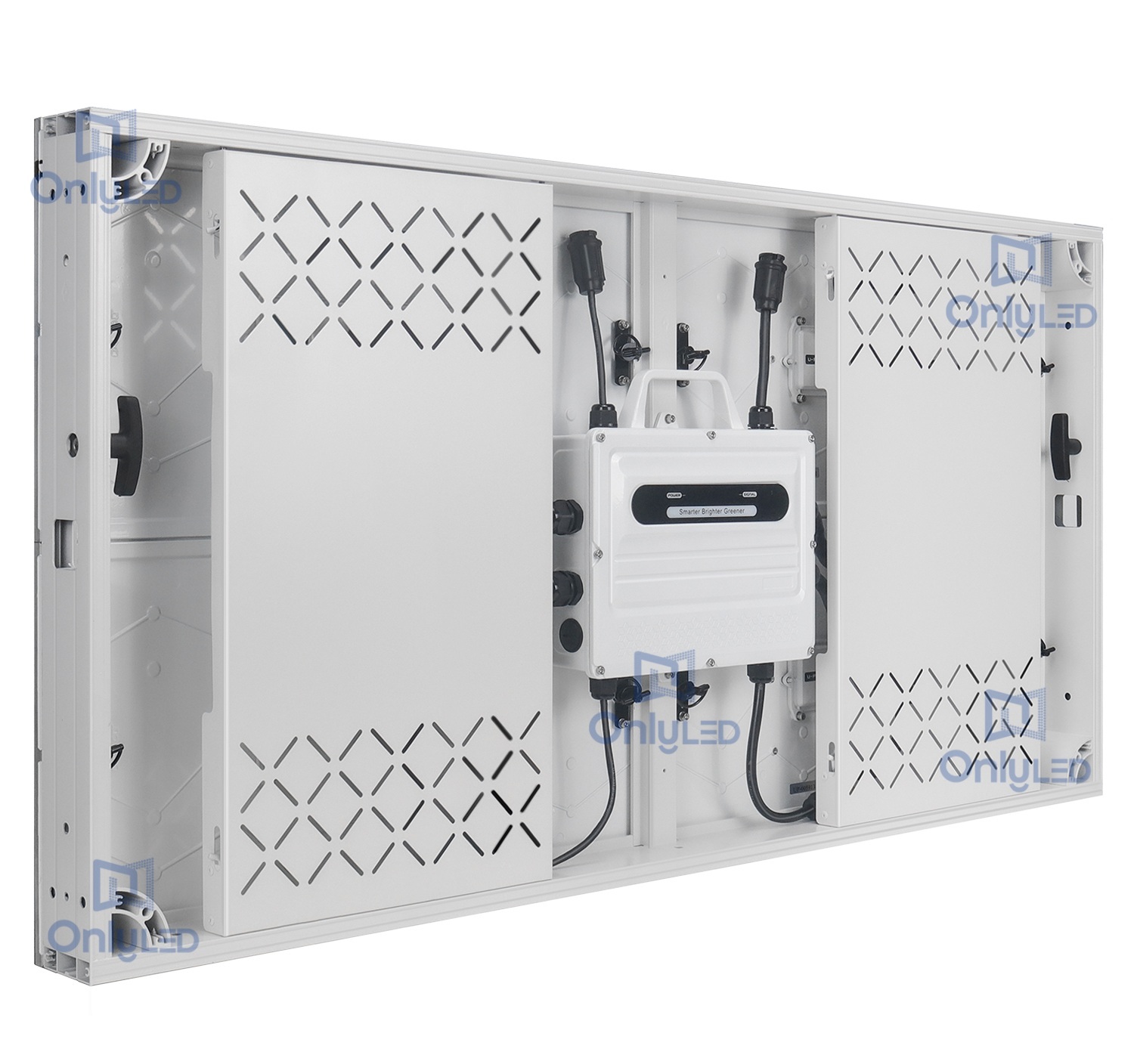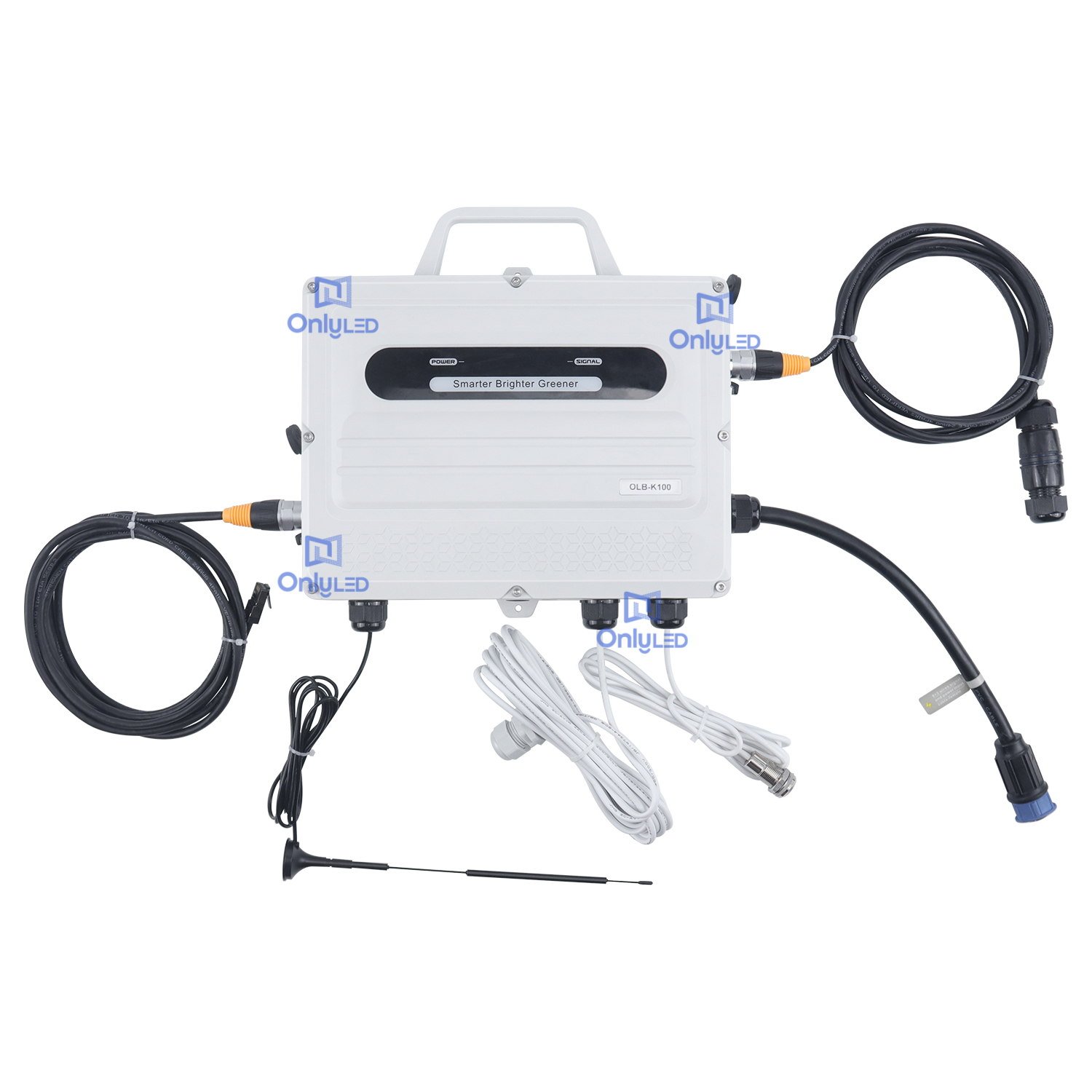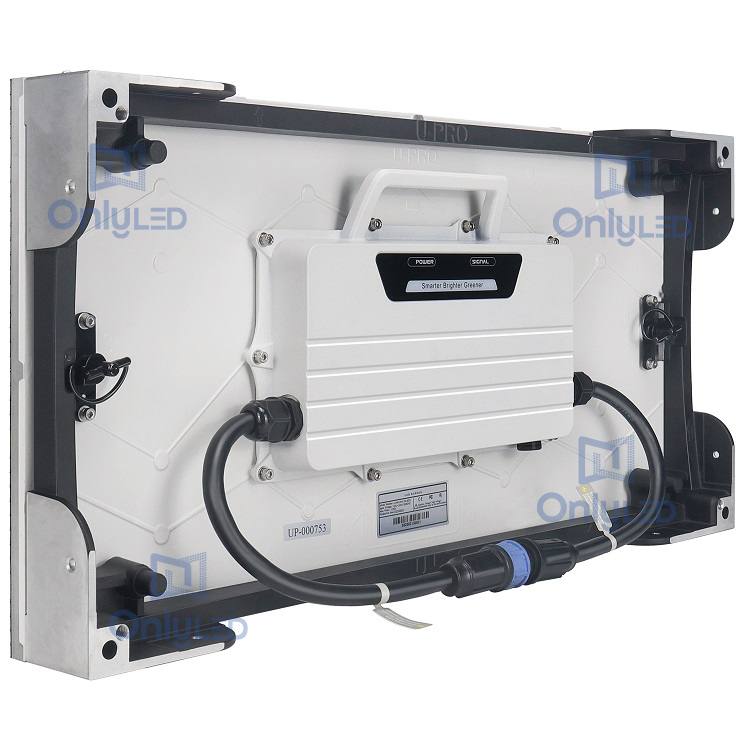Industry News
Understanding the Importance of Standard Sizes in Outdoor Billboards

Outdoor advertising is an influential form of marketing that reaches a broad audience. Whether it’s on the side of a highway or in a bustling city center, billboards are powerful tools for businesses. However, to ensure that your message is effectively delivered, it is crucial to adhere to standard billboard sizes. In this article, we will explore the significance of standard sizes and provide a detailed overview of the most common dimensions.
1. Importance of Standard Sizes in Outdoor Advertising
Standard sizes play a vital role in outdoor advertising for multiple reasons:
Consistency: Standard sizes provide a uniform appearance across various billboards, contributing to a cohesive and professional look. This consistency allows brands to establish their presence and build recognition effortlessly.
Cost-efficiency: Adhering to standard sizes reduces production costs as it eliminates the need for custom designs and materials. By selecting standard formats, businesses can take advantage of cost-effective printing and manufacturing options.
Location suitability: Knowing the standard sizes helps determine which billboard locations can accommodate your message effectively. It allows you to choose the appropriate space that maximizes visibility and impact.
Ease of installation: Standard sizes ensure smooth installation processes, as billboard structures are designed to accommodate specific dimensions. This simplifies the installation and removal of advertisements, saving time and reducing any associated disruptions.
2. Common Standard Billboard Sizes
There are several standard billboard sizes that advertisers typically employ. Here are the most commonly used dimensions:
1. Bulletins: Bulletins are the largest standard-size billboards and offer maximum exposure. They measure approximately 14'x48' (4.27m x 14.63m) and are often located on freeways and high-traffic areas.
2. Posters: Posters, also known as 30-sheet billboards, are a popular choice for local or targeted advertising. They measure 12'x24' (3.66m x 7.32m) and are commonly found in urban areas and near shopping centers.
3. Junior Posters: With dimensions of 6'x12' (1.83m x 3.66m), junior posters are smaller than bulletins and posters. They are often placed in areas with high pedestrian traffic, increasing the chances of capturing viewers' attention.
3. Conclusion
Understanding and adhering to the standard sizes of outdoor billboards is vital for businesses aiming to make the most out of their advertising efforts. Consistency, cost-efficiency, location suitability, and installation ease are the primary benefits of adhering to these standards. By considering the common billboard sizes, such as bulletins, posters, and junior posters, businesses can effectively communicate their messages to a wide audience. So, the next time you plan an outdoor advertising campaign, make sure to follow the standard billboard sizes for maximum impact and success.




